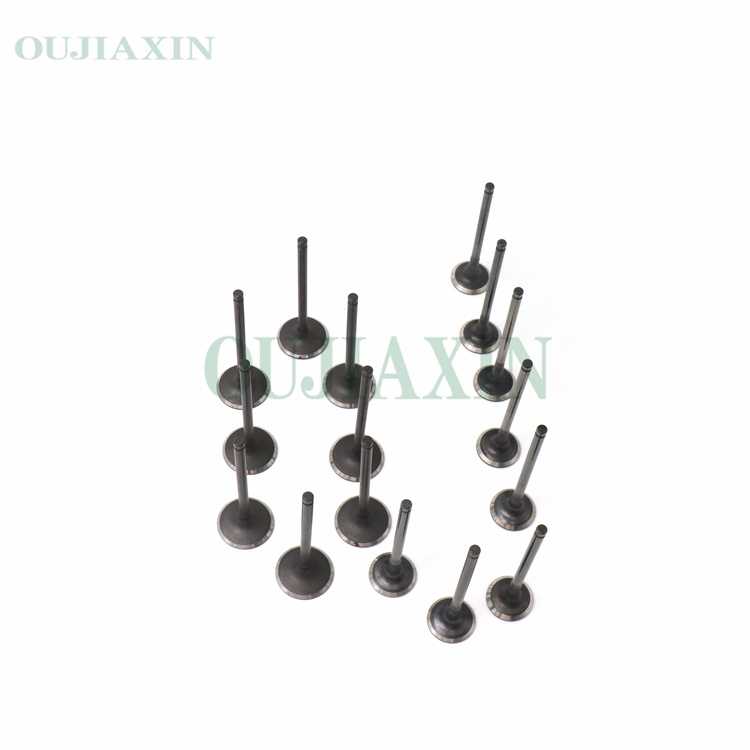Why Choose Connecting Rod Metal?
In an engine, the connecting rod is the bridge between piston and crankshaft, converting explosive force into usable motion. The material you choose for this vital link shapes performance, reliability, and longevity. Metal connecting rods offer an exceptional combination of strength, stiffness, and resilience that other materials struggle to match.

First, they deliver unmatched strength and fatigue life. A connecting rod must endure millions of high-load cycles, with fluctuating pressures and rapid accelerations. Metals—especially forged steels and alloy steels—provide high tensile strength, excellent fatigue resistance, and the ability to absorb shock without permanent deformation. This translates into fewer failures, longer service intervals, and greater confidence under demanding conditions.
Second, metals handle heat and dimensional stability better. Combustion heats the rod near the piston pin and bearing surfaces; metal rods resist creep and thermal distortion much more reliably than many alternatives. This keeps bearing clearances, oiling gaps, and piston geometry stable, preserving engine efficiency and smoothness, even at high RPMs or under heavy load.
Third, metal rods are highly accurate and adaptable to precision engineering. They can be forged, machined, and finished to exact tolerances, with carefully engineered cross-sections and optimized balance. This enables tight radial and axially aligned tolerances, reduced vibration, and improved dynamic balance at high speeds. Modern manufacturing also allows weight optimization—reducing reciprocating mass without sacrificing strength—boosting acceleration response and fuel economy.
Fourth, there is versatility in materials and designs. Forged steel rods (often chromoly or alloy steel such as 4340) are the workhorses of performance and durability. Titanium rods offer outstanding strength-to-weight ratios for exotic, high-end applications, while aluminum alloys provide lightness for specialized race builds. Powder-metallurgy and billet options meet cost, mass, and customization needs. Each choice balances stiffness, weight, heat tolerance, and price for a given engine architecture.
Fifth, reliability and maintenance advantages matter. Metal rods resist wear in bearing surfaces, tolerate reconditioning, and support long-term durability. They are widely supported by tooling, measurement standards, and aftermarket ecosystem—from OEM replacements to high-performance race parts—ensuring you can source parts and service with confidence.
Ultimately, metal connecting rods deliver consistent performance, predictable reliability, and robust longevity across a wide range of engines. For engineers and enthusiasts who demand measurable gains in power delivery, efficiency, and endurance, metal rods remain the trusted choice.
As a reliable supplier and partner, Oujia focuses on various engine partsengine parts, especially on gasoline engine parts and on diesel parts for passenger cars. Oujia not only provides high and stable quality and excellent services to our customers, but also provides long-term self- brand creation and OEM services for our overseas customers.